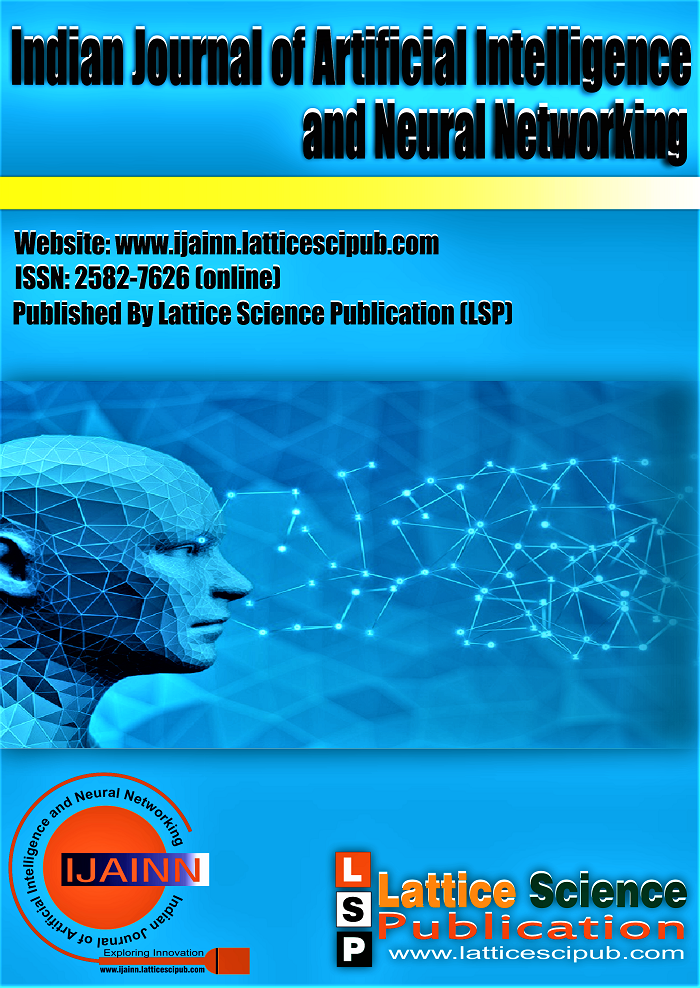Long Horizon Episodic Decision Making for Cognitively Inspired Robots
Main Article Content
Abstract
The Human decision-making process works by recollecting past sequences of observations and using them to decide the best possible action in the present. These past sequences of observations are stored in a derived form which only includes important information the brain thinks might be useful in the future, while forgetting the rest. we propose an architecture that tries to mimic the human brain and improve the memory efficiency of transformers by using a modified Transformer XL architecture which uses Automatic Chunking which only attendsto the relevant chunksin the transformer block. On top ofthis,we useForget Span which is technique to remove memories that do not contribute to learning. We also theorize the technique of Similarity based forgetting to remove repetitive memories. We test our model in various tasks that test the abilities required to perform well in a human-robot collaboration scenario
Downloads
Article Details

This work is licensed under a Creative Commons Attribution-NonCommercial-NoDerivatives 4.0 International License.
How to Cite
References
Stephanie CY Chan, Marissa C Applegate, Neal W Morton, Sean M Polyn, and Kenneth A Norman (2017) ’Lingering representations of stimuli influence recall organization’, Neuropsychologia, vol. 97, pp. 72–82, DOI: 10.1016/j.neuropsychologia.2017.01.029
Sols, I. et al. (2017) ‘Event Boundaries Trigger Rapid Memory Reinstatement of the Prior Events to Promote Their Representation in Long-Term Memory’, Current Biology, 27(22), pp. 3499-3504.e4. doi: 10.1016/j.cub.2017.09.057.
Aida Nematzadeh, Sebastian Ruder, and Dani Yogatama (2020) ’On memory in human and artificial language processing systems’, ICLR 2020: In Bridging AI and Cognitive Science Workshop, 26 April- 1 May. Available at: https://api.semanticscholar.org/CorpusID:221088218.
Pleines, M. et al. (2023) ‘TransformerXL as Episodic Memory in Proximal Policy Optimization’, GitHub Repository. Available at: https://github.com/MarcoMeter/episodic-transformer-memory-ppo.
Chevalier-Boisvert et al. (2023) ‘Minigrid & Miniworld: Modular & Customizable Reinforcement Learning Environments for Goal-Oriented Tasks’, CoRR, abs/2306.13831.
Juliani, A. et al. (2020) ‘Unity: A general platform for intelligent agents’, arXiv preprint arXiv:1809.02627. Available at: https://arxiv.org/pdf/1809.02627.pdf.
Brockman, G. et al. (2016) ‘OpenAI Gym’, arXiv Eprint arXiv:1606.01540. Available at: http://arxiv.org/abs/1606.01540.
Patil, Dr. K., & Kulkarni, Dr. M. S. (2019). Artificial Intelligence in Financial Services: Customer Chatbot Advisor Adoption. In International Journal of Innovative Technology and Exploring Engineering (Vol. 9, Issue 1, pp. 4296–4303). https://doi.org/10.35940/ijitee.a4928.119119
Hudaa, S., Setiyadi, D. B. P., Lydia, E. L., Shankar, K., Nguyen, P. T., Hashim, W., & Maseleno, A. (2019). Natural Language Processing utilization in Health care. In International Journal of Engineering and Advanced Technology (Vol. 8, Issue 6s2, pp. 1117–1120). https://doi.org/10.35940/ijeat.f1305.0886s219
Vatan, Sharma, A., & Goyal, S. (2019). Artificial Intelligence on the Move: A Revolutionary Technology. In International Journal of Recent Technology and Engineering (IJRTE) (Vol. 8, Issue 4, pp. 12112–12120). https://doi.org/10.35940/ijrte.d7293.118419
Mishra, S. (2022). A Comparative Analysis of Diabetes Prediction using Different Machine Learning Algorithms. In Indian Journal of Artificial Intelligence and Neural Networking (Vol. 2, Issue 5, pp. 1–7). https://doi.org/10.54105/ijainn.e1057.082522
P A, J., & N, A. (2022). Faceium–Face Tracking. In Indian Journal of Data Communication and Networking (Vol. 2, Issue 5, pp. 1–4 https://doi.org/10.54105/ijdcn.b3923.082522





